10 GPTs for Art Transformation Powered by AI for Free of 2026
AI GPTs for Art Transformation refer to a subset of artificial intelligence models, specifically Generative Pre-trained Transformers, that are customized for tasks within the realm of art and design. These tools leverage the power of machine learning to understand and manipulate artistic content, enabling users to transform existing artworks or create new ones based on specific inputs. By analyzing patterns, styles, and techniques from vast datasets of artistic works, these GPTs offer tailored solutions for creative endeavors, making them invaluable for innovating and automating in the field of art transformation.
Top 10 GPTs for Art Transformation are: Ugly Draw to Masterpiece,Screenshot to Art,Inflate Your Pictures,画像変換えもん(浮世絵調),Drawing Pet,Shag In Style,Enhance My Child's Art,Nouveau Artist,画意照影,Chinese Artisan
Ugly Draw to Masterpiece
Transform Sketches into Masterpieces with AI
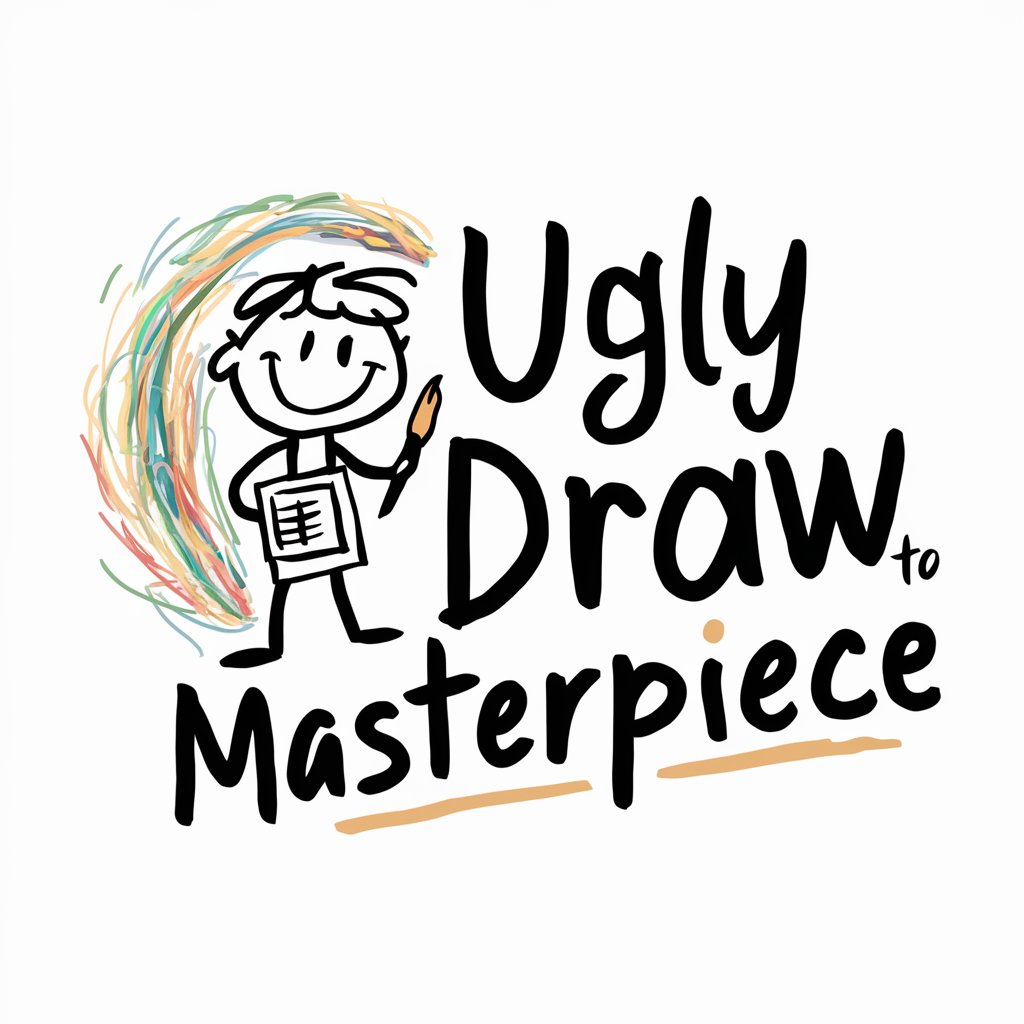
Screenshot to Art
Bringing Your Screenshots to Fantastical Life
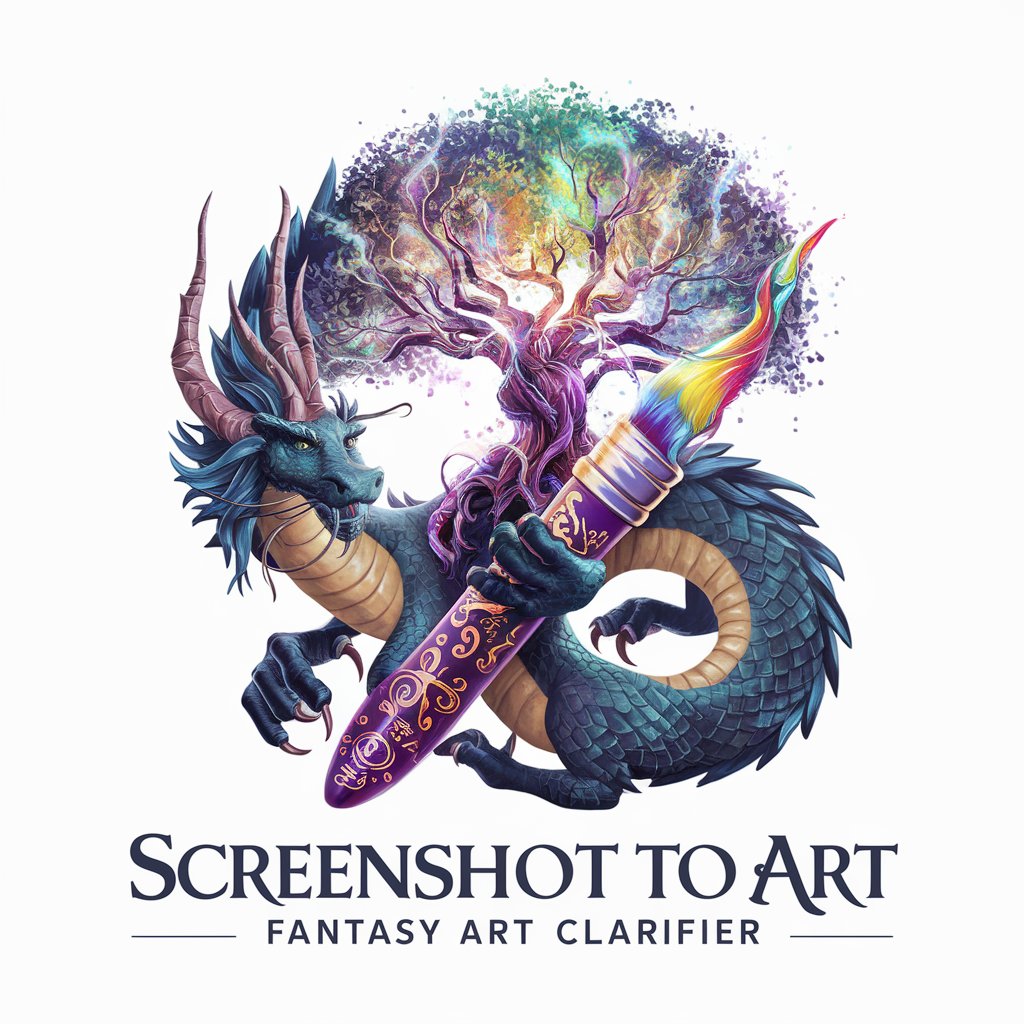
Inflate Your Pictures
Transform Anime to Inflatable Art with AI
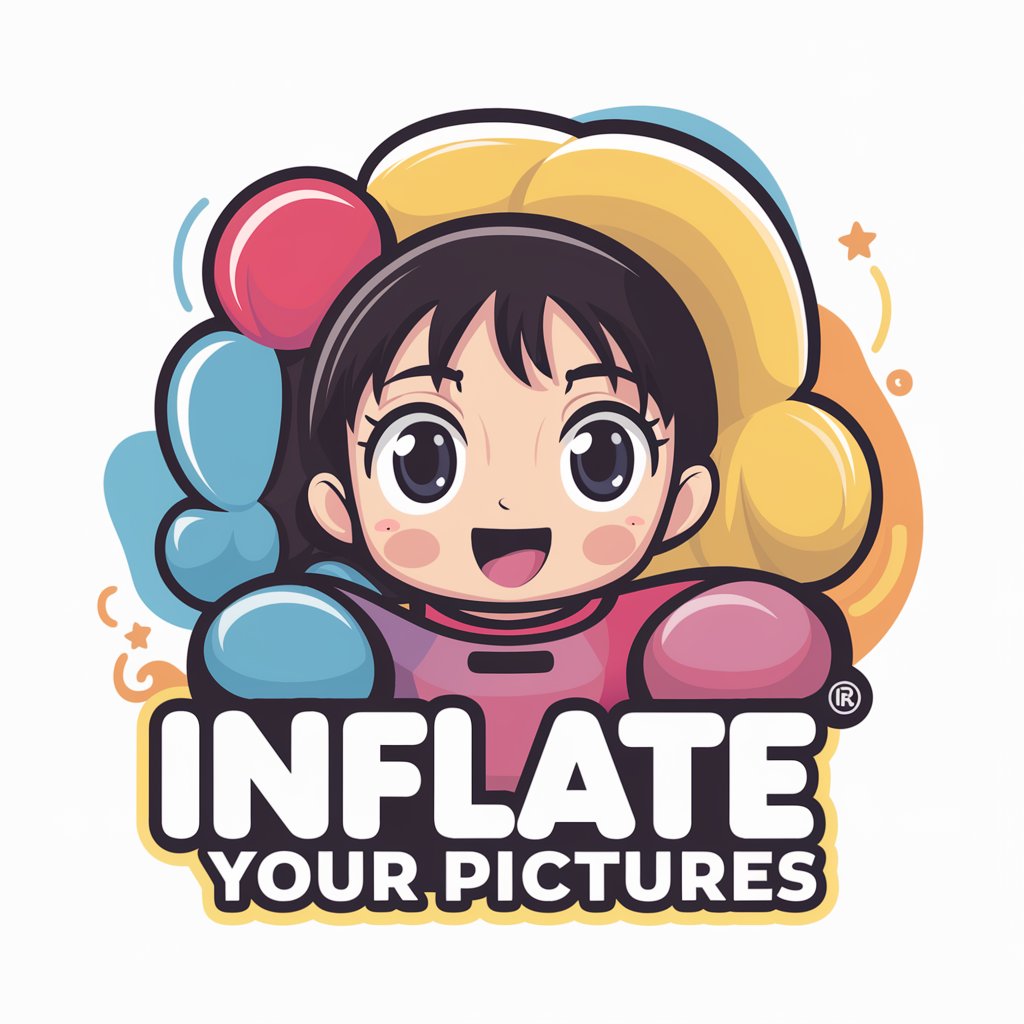
画像変換えもん(浮世絵調)
Transform images into Ukiyo-e art with AI
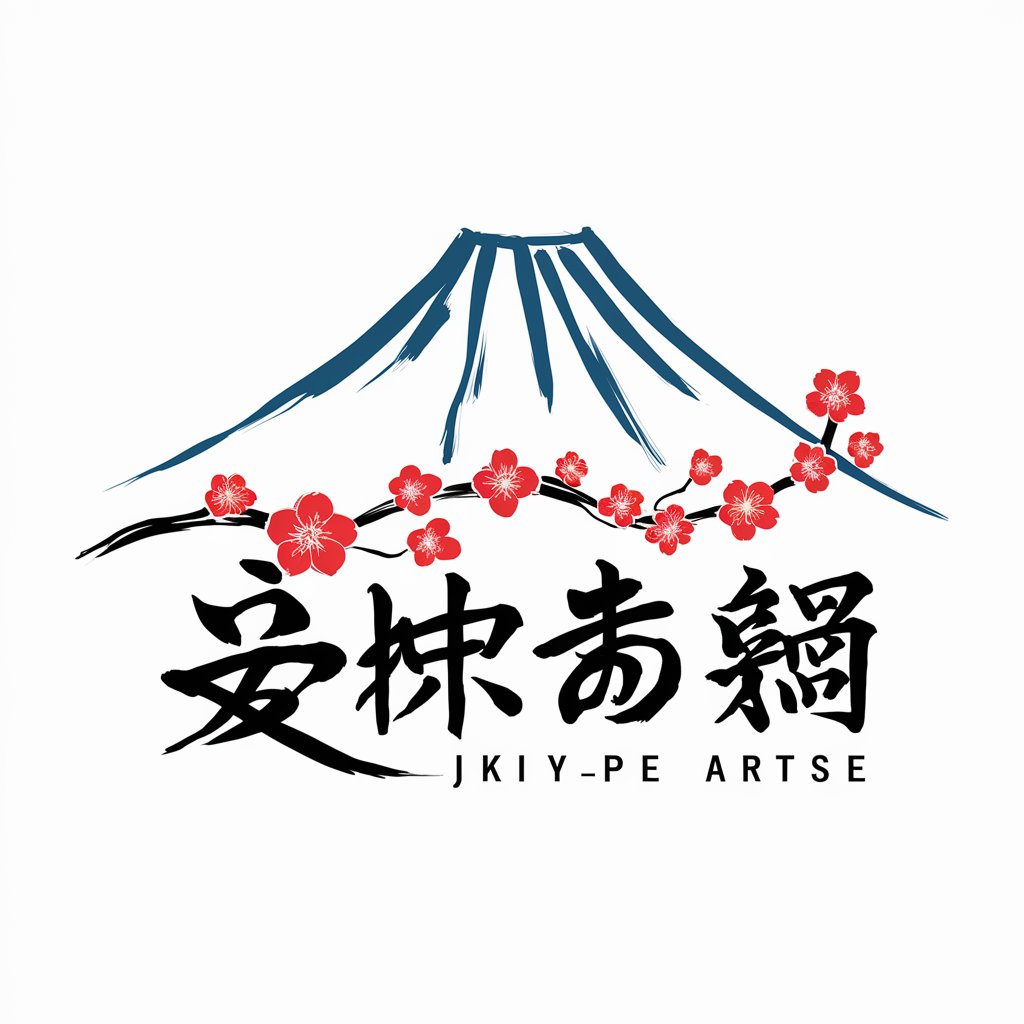
Drawing Pet
Transforming memories into classical art.
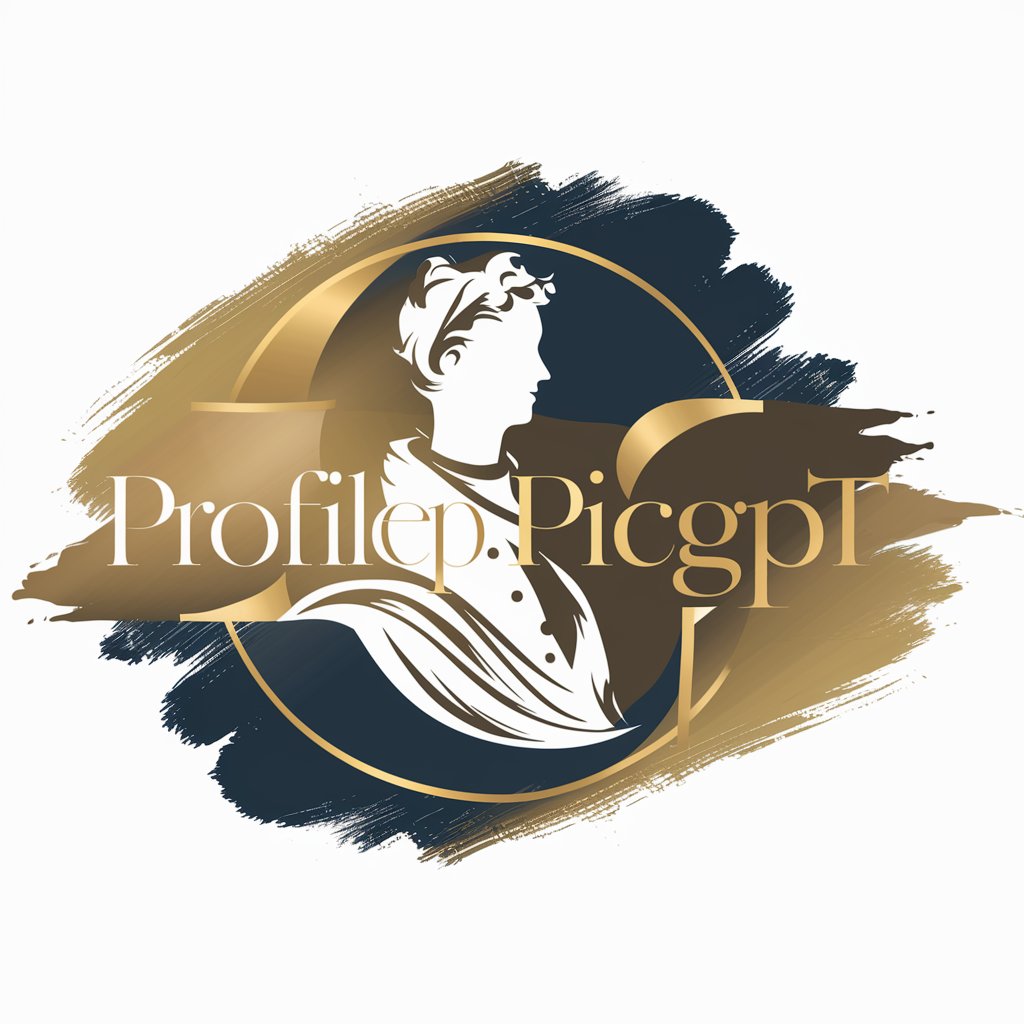
Shag In Style
Revive Your Photos with AI-Powered Shag Style

Enhance My Child's Art
Transforming children's drawings with AI
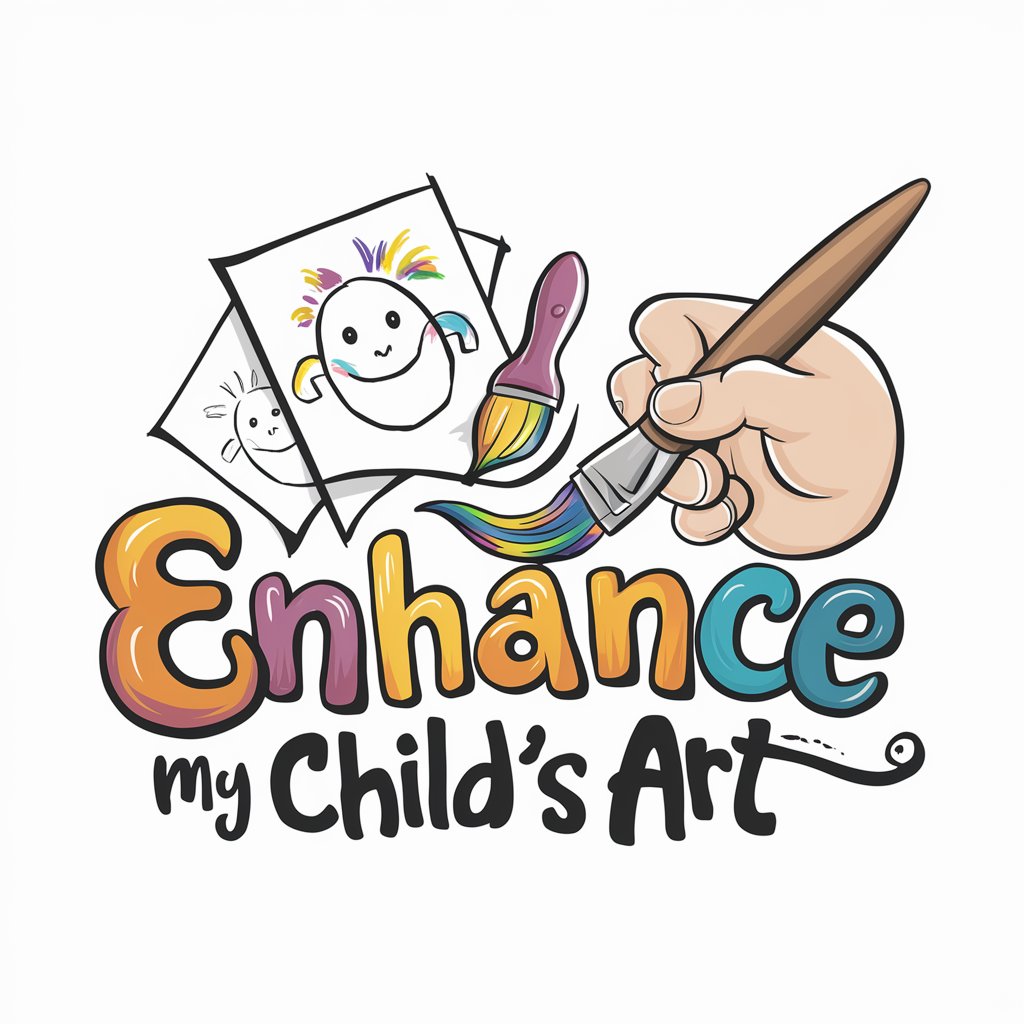
Nouveau Artist
Reviving Art Nouveau with AI
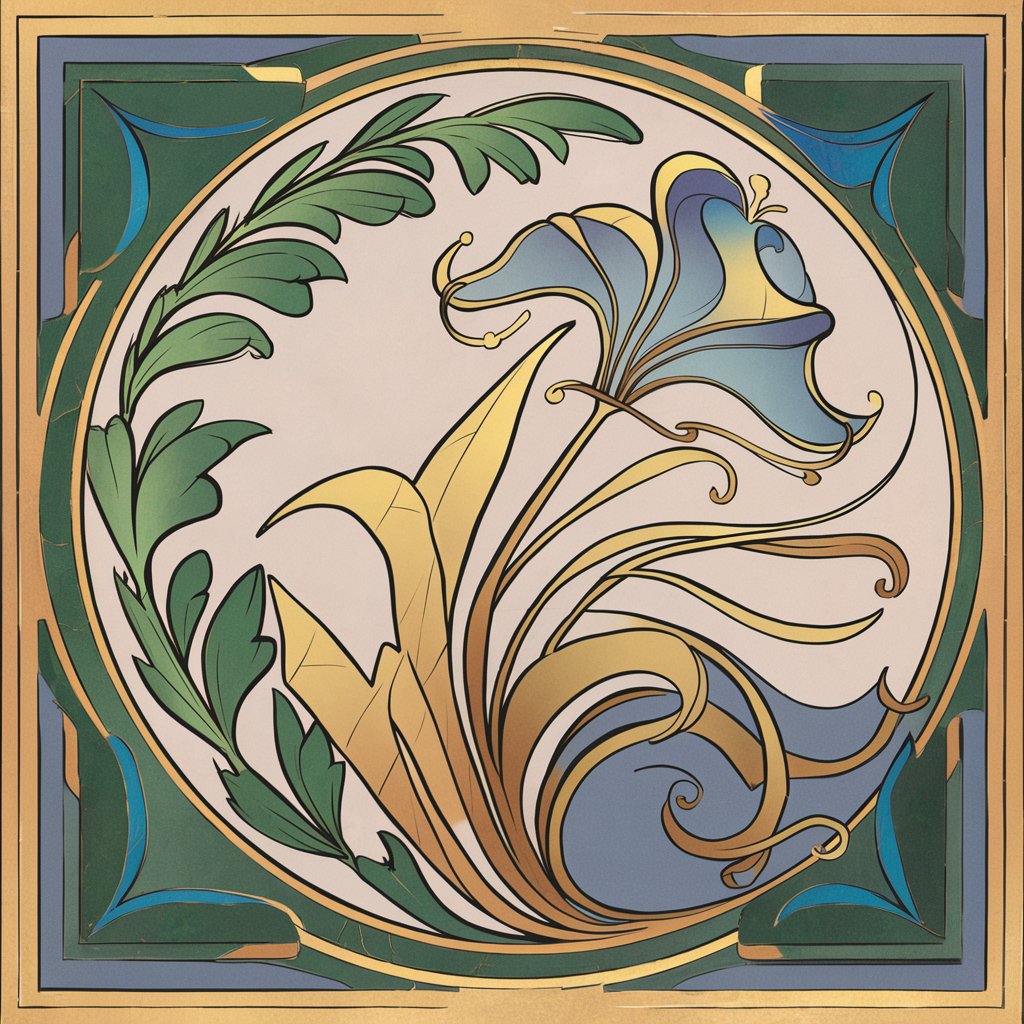
画意照影
Transforming photos into art with AI
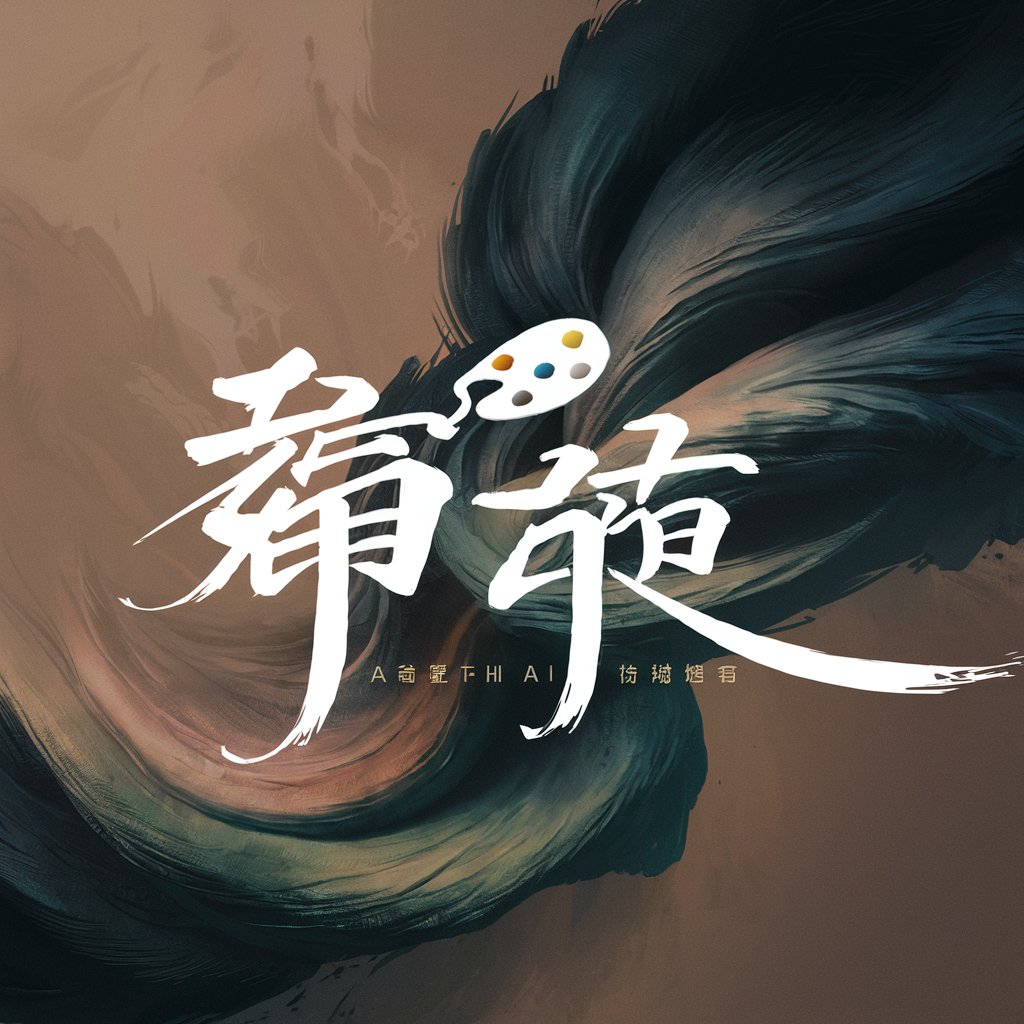
Chinese Artisan
Transform Photos into Traditional Chinese Art
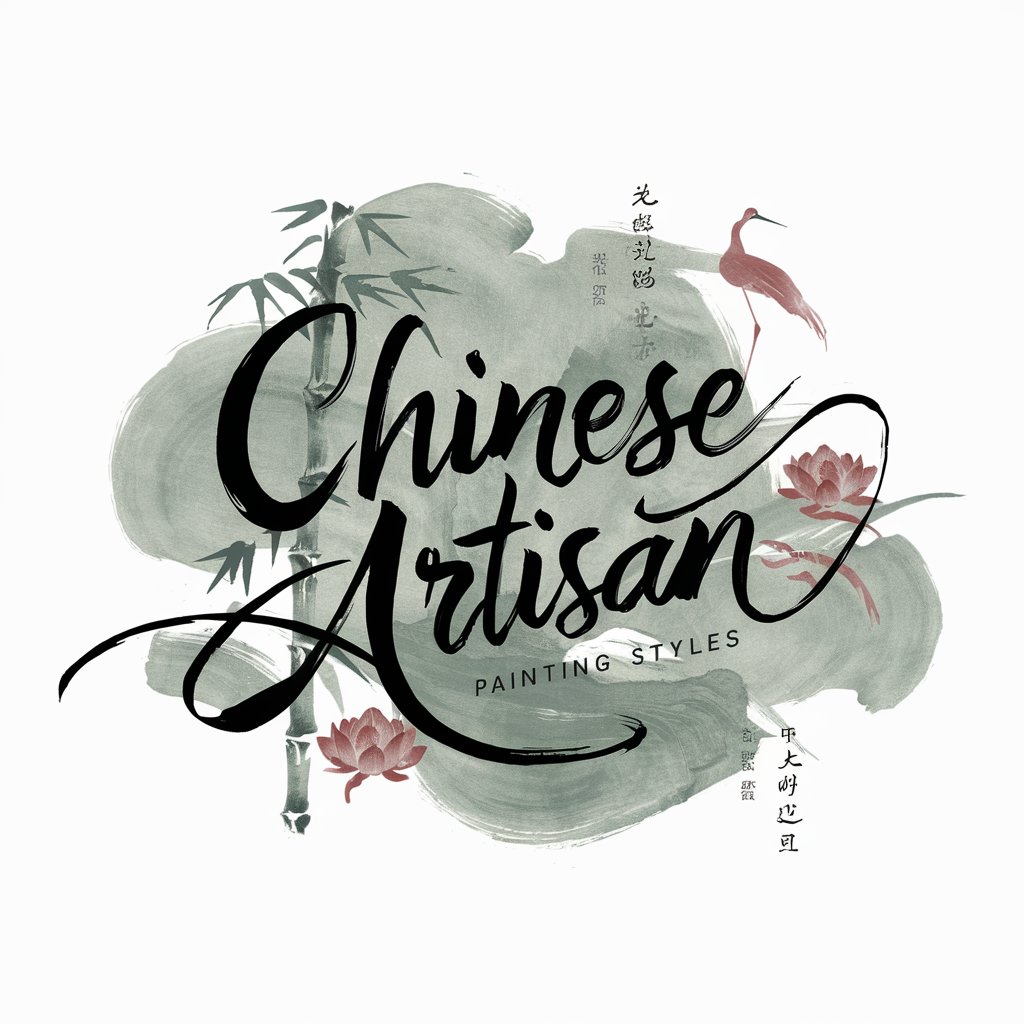
Distinctive Capabilities of AI in Art Transformation
AI GPTs tools for Art Transformation are distinguished by their adaptability across a broad spectrum of artistic tasks, from simple style transfers to the creation of complex original artworks. Key features include language-based image editing, where users can modify images through descriptive text; the ability to learn and replicate various artistic styles; technical support for integrating with digital art software; and web searching capabilities for inspiration and references. Furthermore, advanced data analysis tools enable these AI models to understand and predict trends in the art world, assisting creators in making informed decisions.
Who Benefits from AI-Driven Art Transformation?
This technology caters to a diverse group, including novice artists exploring digital creation, developers looking to incorporate AI into artistic applications, and professionals seeking innovative tools to push the boundaries of their work. The accessibility of GPTs for users without programming skills, alongside customizable options for those with technical expertise, ensures that a wide range of individuals can leverage these tools for their artistic and creative projects.
Try Our other AI GPTs tools for Free
Style Comparison
Explore AI GPTs for Style Comparison: advanced tools designed to analyze, compare, and generate content with unique stylistic elements, ideal for creatives and professionals.
Disease Research
Discover how AI GPTs are revolutionizing disease research, offering powerful tools for data analysis, trend prediction, and scientific literature review.
Medical Advancements
Explore the cutting-edge of healthcare with AI GPTs for Medical Advancements, leveraging AI to transform medical research, diagnostics, and patient care.
Writing Advice
Discover how AI GPTs for Writing Advice can transform your writing process with tailored support, from idea generation to stylistic refinement.
Feedback Implementation
Discover how AI GPTs for Feedback Implementation can transform your feedback into actionable insights and improvements, enhancing user satisfaction and product quality.
Friendship Maintenance
Discover how AI GPTs for Friendship Maintenance can transform your personal connections with tailored advice, reminders, and communication support.
Expanding Horizons with AI in Art
AI GPTs for Art Transformation are revolutionizing the way we create, view, and interact with art. With user-friendly interfaces, these tools are not only accessible to artists of all skill levels but also offer possibilities for integration into existing creative workflows. As technology advances, we can anticipate even more sophisticated applications, further blurring the lines between traditional and digital art forms.
Frequently Asked Questions
What exactly is AI GPT for Art Transformation?
AI GPT for Art Transformation utilizes Generative Pre-trained Transformers to automate and innovate the process of creating and modifying art, enabling users to transform images or generate new artworks based on textual descriptions.
How can novices use these tools?
Novices can use these tools through user-friendly interfaces that require no coding, allowing them to input descriptions or select options to achieve desired artistic effects.
What kind of art styles can AI GPTs replicate?
AI GPTs can replicate a wide range of art styles, from classical to contemporary, and are capable of learning new styles from datasets.
Can I integrate these tools with existing digital art software?
Yes, many AI GPTs for Art Transformation offer APIs or plugins that allow for integration with popular digital art software, enhancing workflow and creativity.
Is it possible to customize the AI's output?
Absolutely, users can customize outputs by providing detailed descriptions, adjusting parameters, or using advanced programming interfaces for fine-tuned control.
How do these AI tools understand artistic trends?
These tools analyze vast amounts of data from the art world, including popular styles, techniques, and user feedback, to understand and predict trends.
Are there any privacy concerns with using AI GPTs for art?
Users should be aware of the terms of service and privacy policies of these tools, as uploading personal or copyrighted artworks may have implications for privacy and intellectual property rights.
What future developments can we expect in AI for Art Transformation?
Future developments may include more nuanced understanding of artistic context, improved integration with physical art mediums, and enhanced customization options for artists.